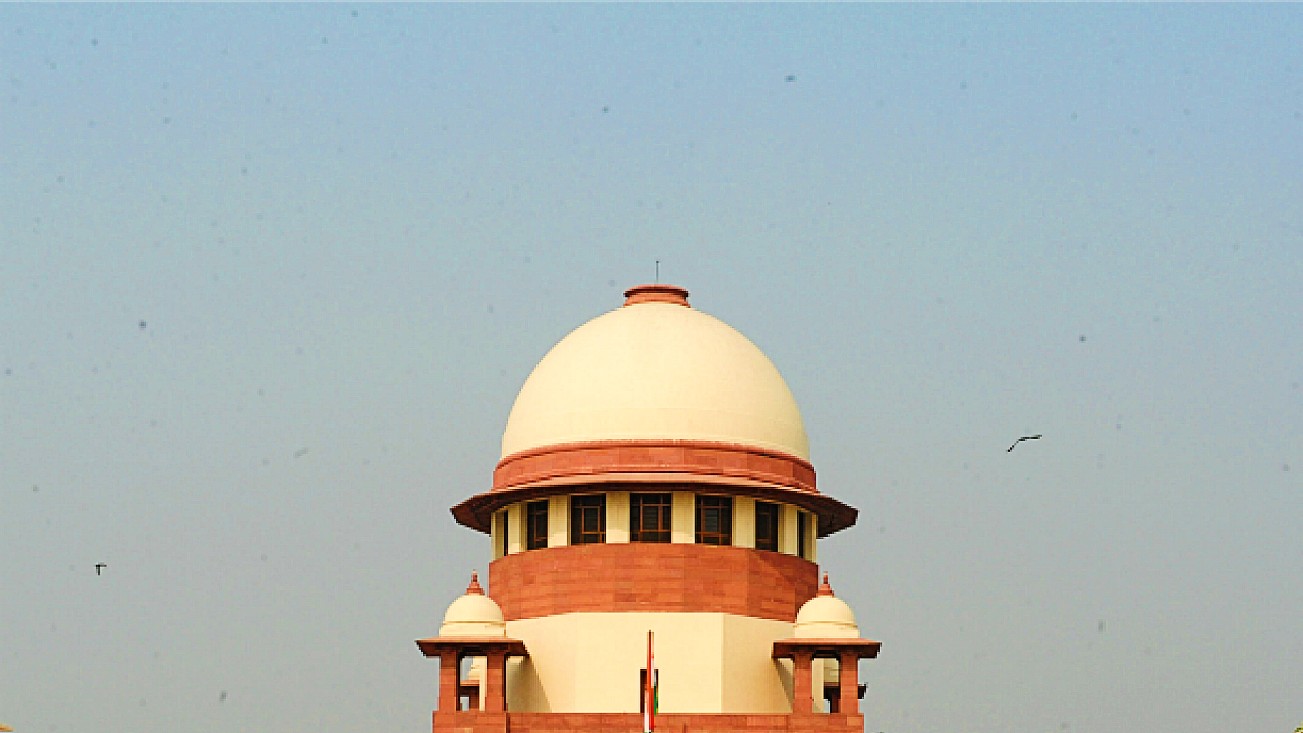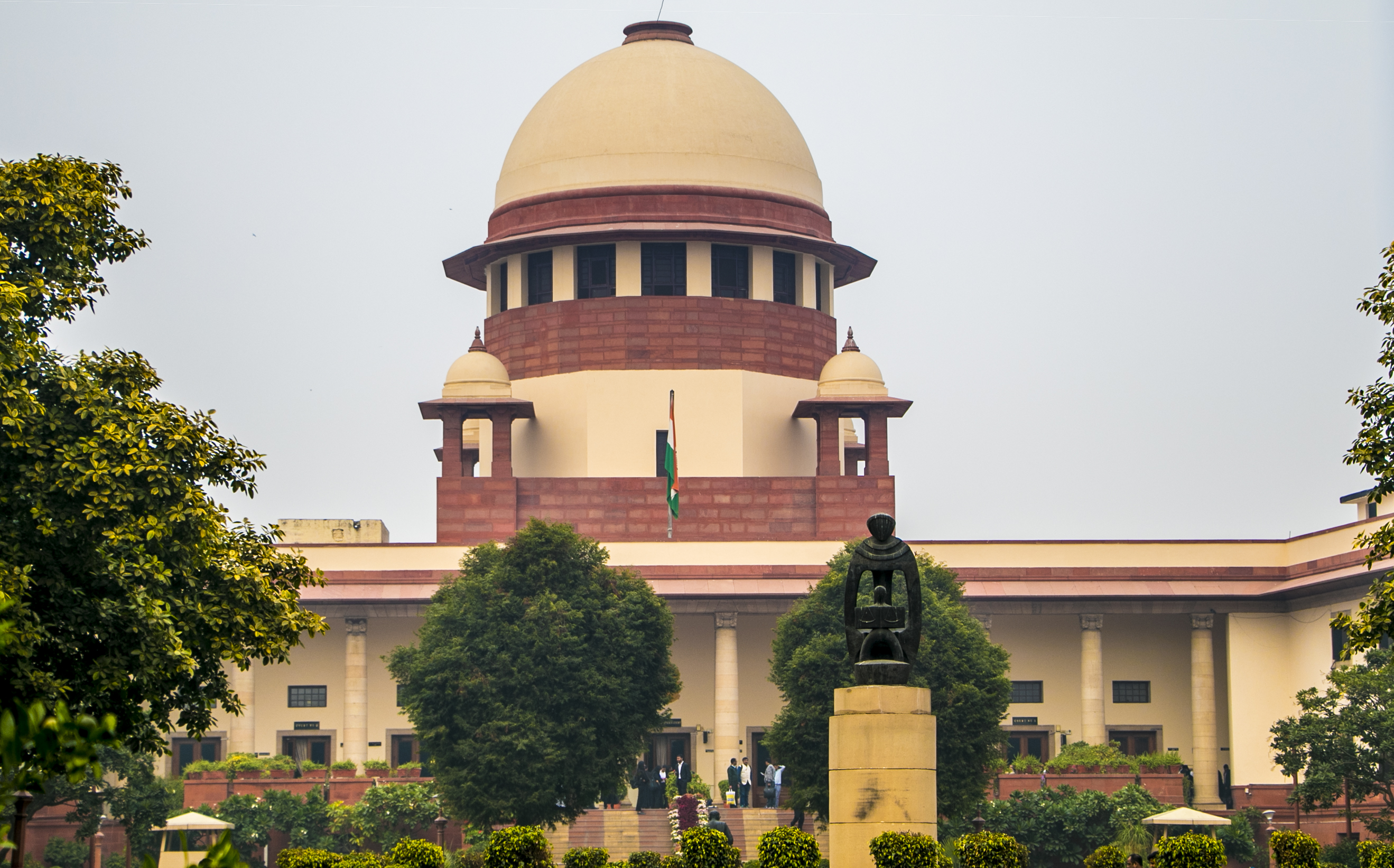In Criminal Appeal No. 1786 of 2023 -SC- Supreme Court overturns convictions in murder case, says prosecution failed to prove case
Justice S. Ravindra Bhat & Justice Aravind Kumar [09-10-2023]

Read Order: Naresh @ Nehru and Another V. State of Haryana
Chahat Varma
New Delhi, October 10, 2023: In a recent ruling, the Supreme Court has acquitted three men in a murder case, citing flaws in the prosecution's case.
In this case, the prosecution's narrative revolved around an incident, when ASI Ram Kishan received a telephonic tip-off while on patrolling duty. The information indicated that in the village of Maheshwari, some individuals had fired a gunshot at a boy. Upon arrival at the scene, the statement of a person named Mohit, also known as Kala, was recorded. Mohit's statement revealed that around 6:40 pm, he witnessed his cousins, Ajay and Suraj, being chased by three individuals on a Bullet motorcycle. According to Mohit, Ravi was driving the motorcycle, Shoaib Khan was the pillion rider, and an unknown person was sitting behind them. Additionally, two more motorcycles, each with two riders carrying batons, were following the Bullet motorcycle. Mohit alleged that the unknown person on the Bullet motorcycle dismounted and fired a country-made revolver at Ajay, hitting him in the head. Mohit also claimed that Ajay and Suraj had a prior altercation with Ravi on the day of Dulhandi, during which Ravi had threatened to kill them. Based on Mohit's statement, an FIR was registered under Sections 148, 149, 307 of the Indian Penal Code (IPC), and Section 25 of the Arms Act. After Ajay's death, Section 302 of the IPC was substituted in place of Section 307 IPC. The accused individuals were apprehended and subsequently convicted for the offenses by the Sessions Judge on October 6, 2017. This conviction and the sentences were upheld by the Punjab and Haryana High Court in its judgment dated January 9, 2020.
The division bench of Justice S. Ravindra Bhat and Justice Aravind Kumar observed that despite Suraj's presence in the incident, the police did not record Suraj's statement, and he was not even listed as a witness on behalf of the prosecution. This omission represented a critical deficiency in the prosecution's story and raised concerns about the quality of the investigation.
The bench further observed that the prosecution had heavily relied on the statement of Mohit @ Kala (PW-9) as a key witness, and the lower courts had accepted him as the star witness to convict the accused. However, the bench noted that PW-9's testimony was riddled with inconsistencies.
The bench emphasized that the testimony of an eye-witness should be of exceptionally high quality and credibility. It should not only inspire confidence in the court for acceptance but also be presented in a manner that can be taken at face value.
The bench noted that the lower courts had placed reliance on CCTV footage as evidence to convict the appellants and co-accused individuals. However, the bench expressed the view that this evidence should not have been relied upon because it was tainted with significant doubts. Moreover, the manner in which the footage was obtained raised doubts not only about its source but also about the presence of the appellants at the crime scene.
The bench also observed that in the present case, the confessional statements of the accused and co-accused were recorded while they were in police custody. Such statements, according to Sections 25 and 26 of the Evidence Act of 1872, would be inadmissible. Section 25 explicitly states that no confession made to a police officer shall be proved against a person accused of any offense. Similarly, Section 26 deems such statements inadmissible if given while in police custody.
The bench asserted that the prosecution had not successfully proven that the appellants in this case shared a common object with the other members of the alleged unlawful assembly. To convict a person under Section 149 of the IPC, the prosecution must provide evidence that demonstrates two key elements. First, it must establish that the appellants shared a common object and were part of an unlawful assembly. Second, it must prove that they were aware of the offenses likely to be committed to achieve that common object. In this case, both of these crucial elements were conspicuously absent, and there was no evidence linking the appellants to the deceased or the co-accused.
Therefore, the bench concluded that the prosecution had not successfully proven the guilt of the appellants beyond a reasonable doubt. The failure to adequately consider the flaws in the prosecution's case by the Trial Court and the High Court had led to a miscarriage of justice, specifically the conviction of the appellants, which could not be upheld.
As a result, the appeals were allowed, and the judgment passed by the Sessions Court, as affirmed by the Punjab and Haryana High Court, were set aside. The appellants were acquitted of the alleged offences, and they were ordered to be released forthwith.
Sign up for our weekly newsletter to stay up to date on our product, events featured blog, special offer and all of the exciting things that take place here at Legitquest.




Add a Comment